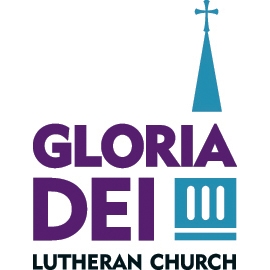On Sunday, May 6 Gordon Braatz provided an update on our organ and the need to address its issues. Here is an outline of the presentation.
Why do we need to focus on the organ?
We could list many reasons. Here’s one you might not think of.
The organ builds community.
Community is essential for us to be church.
Community is our means to worship God; uphold one another; serve the needs of the world around us.
Community is created and supported by things we do together.
Nothing we do together is simpler or more inclusive than singing.
Many studies show how music promotes commonality; adding music to words evokes memory, etc.
The pipe organ is unique in its ability to support singing. It breathes, is versatile, and is able to sustain tones just like us.
But we have an organ. What’s the issue?
Simply stated our organ is a mess.
Most of you have heard about this already.
If you need to hear more, ask Tim Strand who confronts the issues every time he sits down at the console.
It is not a new issue.
So why now?
The problems with the instrument we have are not getting any better.
20 years ago when attention was focused on planning the Gathering Space, there was discussion of including an improved organ in that project but timing was not right.
10 years ago considerable effort was devoted to the issue. Preliminary proposals from organ builders were studied. Then came the economic downturn – again the timing was not right.
The economy improved but other issues were apparent: the parking lot was falling apart and the building was sinking. We’ve now addressed those issues.
Perhaps now finally the timing is right. Whether it is will depend on the interest and generosity of the congregation.
But pipe organs are expensive.
That’s why the problems were not addressed 20 years ago and 10 years ago.
Expensive because they are complex as it involves both artistry and craftsmanship.
A good organ is unique. It is designed and constructed for a specific use, In a specific environment.
A good instrument will last a very long time. This is a project for the future.
What can be done?
Continue to fix what we have – we’ve been down that road for many years and it has gotten us precisely where we are now – A stop-gap measure that is temporary and costly.
Study the possibilities for a new or repurposed instrument which is what the Organ Task Force is doing. We are meeting regularly and consulting with the best people we can find.
Our sanctuary provides a great advantage with its fine acoustics – one reason why the present instrument for all its problems sounds as good as it does.
The are placement issues – putting a new organ in the chancel chamber is not workable (and has resulted in many of the problems of the present organ). Redesign of chancel would have many advantages.
The Organ Task Force is guided by principles of quality, responsibility, and cost-effectiveness. We are currently working with five organ builders of reputation. Each has different approach. We have come up with exciting possibilities, both in new construction and re-purposing high quality existing instruments that could be redesigned and rebuilt for this setting.
We have more to study, more to consider. But we are encouraged, and we are excited. By end of the year we expect to have a concrete proposal to put before the congregation — and when we do, we think you will be encouraged and excited, too.

